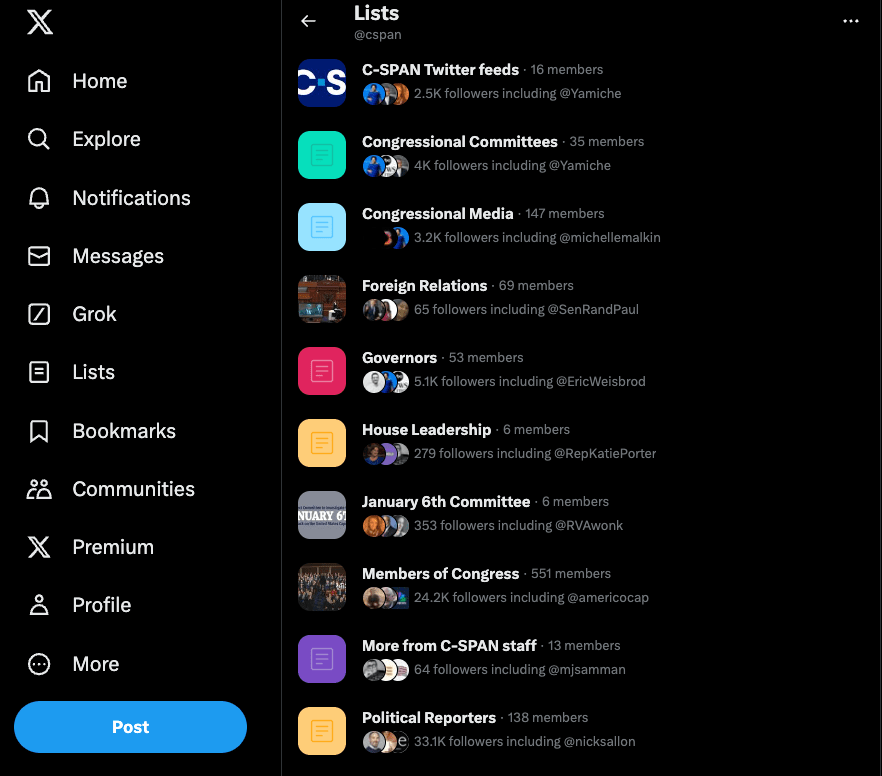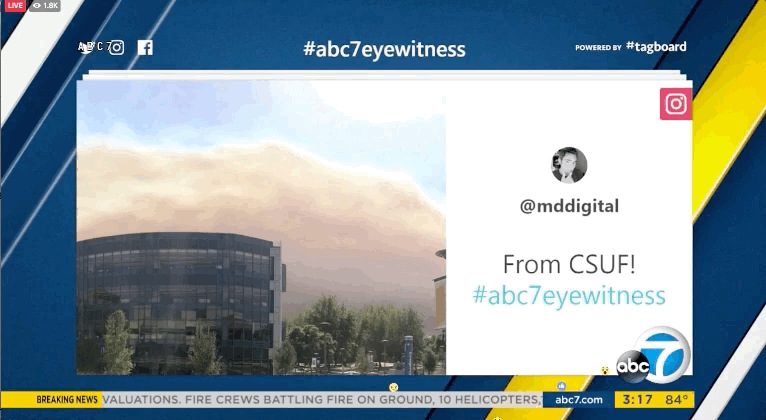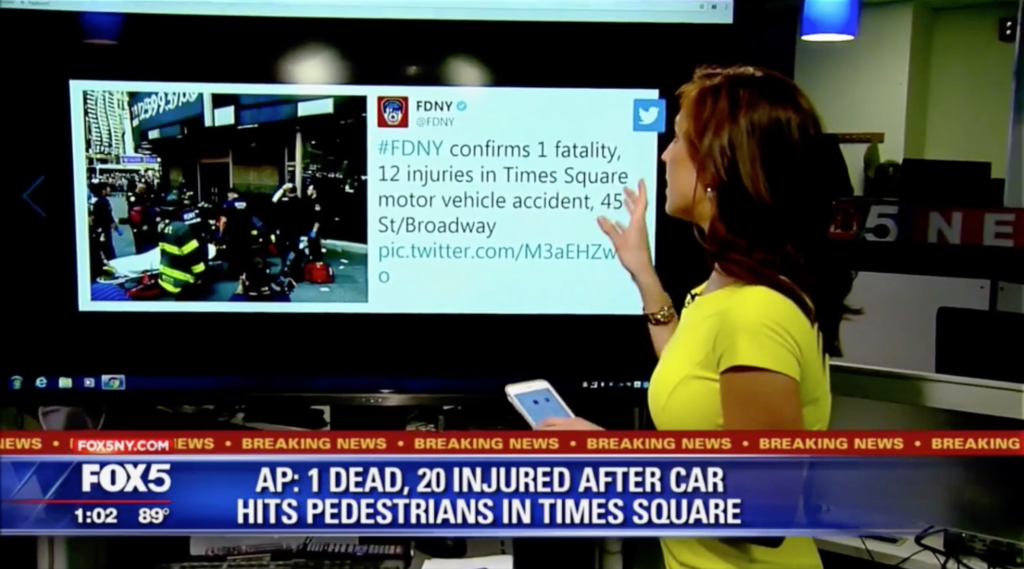How to Ease the Newsroom Creative Burden Using Social Content
Cell phones have turned every single TV viewer into a potential eyewitness; into an asset for your local newsroom. More video content is being uploaded to social media in 30 days than the major U.S. television networks have created in 30 years. Wrap your mind around that for a moment. Now consider producers and reporters who have the arduous task of mining that social media haystack for the proverbial needle. Where do you even begin?
Start Your Search Before the News Even Happens
It’s frankly impossible to listen to everything that happens on social media. You’ll drive yourself crazy. So half of the battle is dedicating the time now to set yourself up before news breaks. Before you go spend hours creating X/Twitter lists to cut through the social noise, consider tapping into the experts. So many relevant lists already exist, and more importantly, are already being regularly maintained. For example, C-SPAN maintains lists for the President’s Cabinet, Senators, and Congress Members that you can subscribe to with one click.

While networks and major organizations may be more obvious resources to tap into, don’t forget about the experts right within your newsroom. Do any of your photographers have a big presence and personal network on Instagram? Are your sports reporters connected with local athletes? Don’t be afraid to leverage the social audiences of everyone in your building.
Okay, News Broke. Now What?
Now that you know what is happening, you need to find the best content. Easier said than done. Take the World Cup, for example. X/Twitter says there were 115 billion impressions of Tweets during the World Cup. When England won in PK’s to send the team to the quarter finals, 127,000 Tweets were coming in per minute. The challenge often isn’t finding content, it’s finding the most valuable content. And the way you filter your searches matters.
1. How Would You Tell Your Friends?
The majority of people organically sharing pictures on social media aren’t necessarily hoping a TV station will see their post. They’re sharing for their friends; to tell their network about the crazy thing they just saw. When you search for social content using keywords, it’s important to choose your search terms based on how you would tell the story to a friend, especially in the heightened excitement of the moment. Sure, reporters may use words like ‘breaking’ and visual language like ‘blaze’ or ‘blast’ but how would you really describe a huge fire to your neighbor?

2. Search by Location
Searching by location seems like a no-brainer, and is certainly a great place to start. But with recent heightened sensitivity around user privacy, the majority of people do not geo-tag their posts. Instead it is often common behavior to use the name of a location within the caption or post itself. In addition to searching by geolocation, try using locations as keywords to discover this often-hidden content.

3. *$&*
If you were on the front lines of a raging fire or got caught in the middle of a storm, your gut reaction may come out in a way that wouldn’t make the FCC happy. We’re all adults, we can admit it. #SorryMom At Tagboard we’ve always been all about safe search (and we always will be), but we understand the limitations when it comes to sourcing content, especially during breaking news. That’s why we made it easy to turn off safe search filters. Don’t be afraid to uncheck the box. Some of the most powerful videos and images may be hiding behind a four-letter word.

4. The “I” in Eyewitness
True eyewitnesses can easily get buried in an always-changing timeline. With so many people reposting the same content, it can be difficult to discern who is actually there and who is contributing thoughts from afar. Look for first person language that suggests the poster was physically on scene. Try using words like ‘I’, ‘ours’, ‘we’ and ‘my’ as additional keywords in your searches.

5. Listen to your Audience
Posting on Facebook and Twitter is routine for most stations and shows, but are you taking the time to mine the comments? While sifting through them can be tedious, actually listening to your viewers can net some of the best interviews, story ideas, and content. (Pssst…Facebook says people comment ten times more on Facebook Live videos than regular videos.)
Other ways to capture the voice of your audience is through social polls as well, from X Polls, to Hashtag Polls, Reddit Polls, and Heatmaps. These are all ways that your audience can join in the conversation without having to actually type out a comment.

When it comes to curating social media content, the team at Tagboard has you covered. Wherever your audience wants to interact with your program, or wherever the conversation is happening, we give you access to get it from online to on your broadcast in under 5 seconds. If you need any assistance or have any questions you can always connect with our team by emailing success@tagboard.com.
